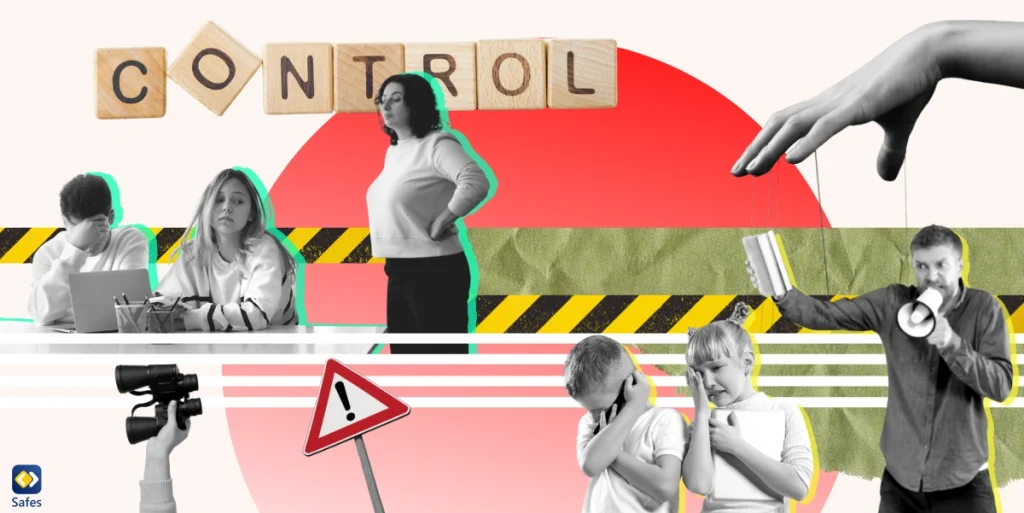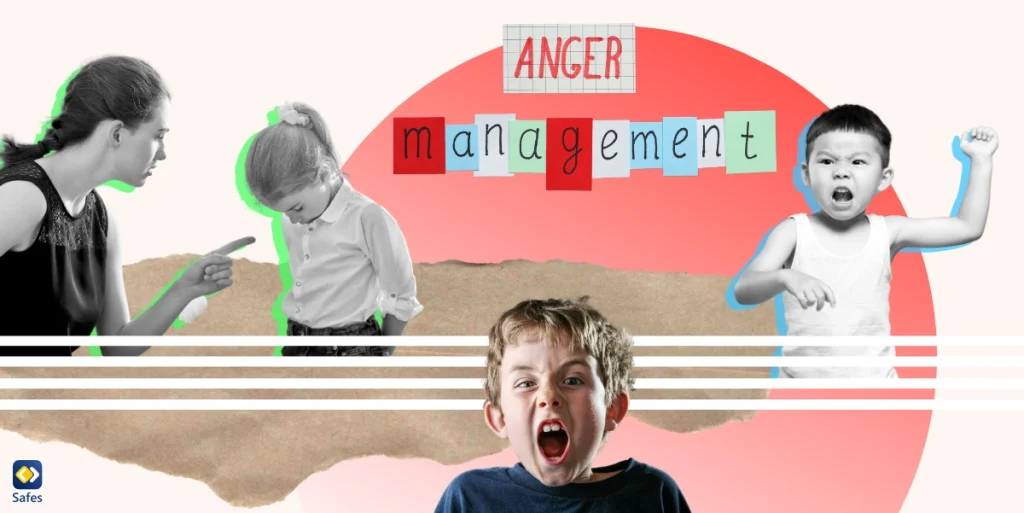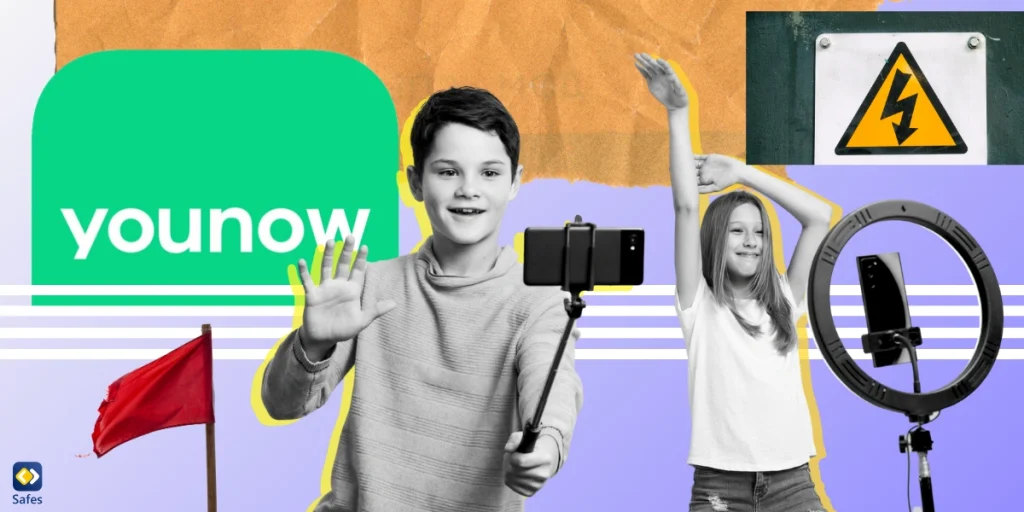As most parents would testify, the experience of parenting a child is a challenging and yet ultimately greatly rewarding experience. What most parents face as a challenge is to resist the urge to become micromanaging parents. It’s quite difficult to foster independence in a child when you’ve been responsible to fully care for them for so long. But it is possible. This blog post is about why being a micromanaging parent is a bad thing. We also cover tips on how to foster independence in children as well.
Download and Start Your Free Trial of the Safes Parental Control App
The Downside of Micromanagement
Micromanaging parenting means that a parent is controlling and observing all aspects of a child’s physical and digital life. It can be compared to authoritarian parenting or authoritative parenting yet it’s not quite either of the two. Instead, it’s a specific type of parenting that anybody can implement. Here are some Micromanaging examples:
- Over-Involvement in Homework
- Selecting Friends
- Choosing Extracurricular Activities
- Micro-Managing Schedule and Activities
- Overbearing Academic Guidance
- Interference in Personal Relationships
Even while parents frequently mean well, micromanaging a child’s growth might be negatively impacted. Here are some of the downsides of micromanagement.
-
Stifling Creativity and Initiative
Though they certainly don’t mean to, parents can unknowingly inhibit children’s creativity and initiative when they micromanage everything. This type of parenting gives the child the impression that their choices and their ideas aren’t valued.
-
Reducing Resilience
When parents micromanage children, they’re usually overprotecting them as well. It’s difficult to become thick-skinned or in other words, resilient if you’re being protected by your parents all the time. Dealing with setbacks, failure, and disappointment allows a person to grow and micromanaging parents take that opportunity away from their children.
-
Strained Parent-Child Relationships
An overly controlled young person can strain the bond between the two. Children who feel angry or restricted may develop a lack of self-confidence and suffer from communication disorders. Healthy partnerships foster mutual respect and understanding, balancing autonomy and direction.
-
Impaired Decision-Making Skills
Micromanaging parents usually have children that have a difficult time making decisions. This is because the opportunity to make decisions has always been taken from them and they haven’t been allowed to take responsibility for a decision.

How to Avoid Micromanagement in Parenting
To avoid the micromanaging trap that many parents fall into, parents must make a conscious effort. Basically, try to establish a balance between guiding your child and keeping them safe and allowing them to take responsibility and make mistakes along the way. Here are some tips to help you do just that:
-
Establish Clear Expectations
Something that might scare both you and your child of taking responsibility for an action is that nobody understands what to expect. Having clear expectations about what is to happen and what isn’t is important. This means you have to talk to your child about what will happen without continually monitoring them.
-
Encourage Open Communication
Establish an atmosphere where your kids may freely share their ideas and worries. To comprehend their viewpoint, promote candid communication and attentive listening. By doing this, trust is increased and micromanagement is less necessary.
-
Offer Choices and Autonomy
The best way to give a child responsibility is to give them choices. This allows you to set boundaries in an invisible manner without the child feeling forced yet allowing the child to make a meaningful decision within those boundaries.
-
Allow Room for Mistakes
Mistakes are a natural part of learning. It’s virtually impossible to learn without making mistakes along the way. Be ready for mistakes and when they do happen think of them as opportunities for teaching something new and encouraging them to try again.
-
Model Healthy Independence
Children often learn by example. Demonstrate healthy independence in your own life, showing them that it’s normal and beneficial to take initiative, make decisions, and learn from experiences.
-
Gradual Increase in Responsibility
Gradually increase your child’s responsibilities over time. This could include chores, homework, or personal care tasks. Incremental steps allow them to build confidence and competence at their own pace.
-
Respect Their Privacy
Recognize your child and your right to privacy as they get older. It is very important to continue to be active in their lives but try to avoid being too controlling so they don’t feel micromanaged. Give them space to grow independently.
Conclusion
Even though it’s common for parents to want their children to be the best version of themselves and to keep them safe without any of the failures, a disappointment that comes with the real world, micromanaging children is a bad way of going about it. Children need to be faced with responsibility, the ability to solve problems, and the disappointment that comes with making mistakes, and learn from all of these as they grow into responsible adults who have the necessary tools to survive in this world.
If the signs of micromanaging that we mentioned above are familiar to you, parental control apps might help with your struggle to make your child more independent. Parental control apps can play a role in fostering independence while still allowing parents to maintain a level of oversight and guidance. An app like Safes helps you guide your child through the digital age safely. Safes is available on iOS, Android, Windows, and MacOS. Sign up for a free trial with Safes to find the balance between guiding your children and giving them the independence they need to grow.
Your Child’s Online Safety Starts Here
Every parent today needs a solution to manage screen time and keep their child safe online.
Without the right tools, digital risks and excessive screen time can impact children's well-being. Safes helps parents set healthy boundaries, monitor activity, and protect kids from online dangers—all with an easy-to-use app.
Take control of your child’s digital world. Learn more about Safes or download the app to start your free trial today!




